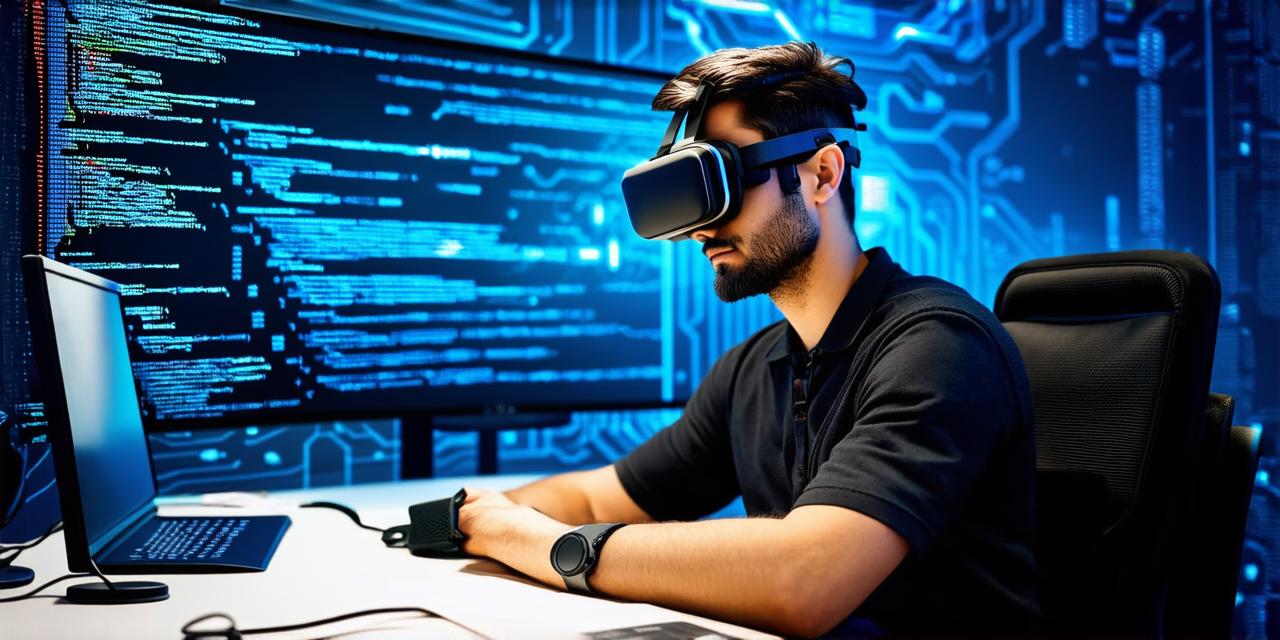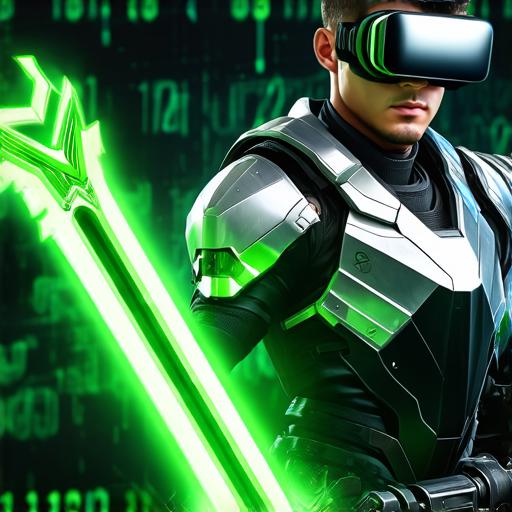
How Virtual Reality Operates
Virtual reality (VR) technology has come a long way since its inception. Today, it is used in various industries such as gaming, healthcare, education, and more. However, how does VR operate? This guide will take you through the basics of virtual reality technology and help you understand how it works.
What is Virtual Reality?
Virtual reality is a computer-generated simulation that creates an immersive 3D environment for users to interact with. It allows users to feel as if they are in a different world, experiencing things that would be impossible or too dangerous to do in real life. VR technology consists of three main components: hardware, software, and content.
Hardware Components
The hardware components of virtual reality include the headset, sensors, tracking system, and controllers. The headset is worn by the user and projects a 3D image into their field of vision. Sensors track the user’s movement and adjust the image accordingly, creating a sense of immersion. The tracking system uses infrared sensors to track the user’s movements and transmit that data to the computer. Controllers allow users to interact with the virtual environment by mimicking real-world actions such as grabbing objects or pointing.

Software Components
The software components of virtual reality include the game engine, graphics, and audio. The game engine is responsible for rendering the 3D environment and creating a realistic experience for the user. Graphics are used to create the visual elements of the virtual world, while audio provides sound effects and background music.
Content Creation
Creating content for virtual reality requires specialized skills and knowledge. Developers need to have a good understanding of 3D modeling, texturing, animation, and programming. They also need to know how to optimize their content for the VR hardware and software. Content creation can be time-consuming and costly, but it is essential to create an immersive and engaging experience for the user.
How does Virtual Reality Work?
Virtual reality works by creating a 360-degree image of the environment and projecting it into the user’s field of vision. The sensors track the user’s movement, adjusting the image in real-time to create a sense of immersion. The tracking system uses infrared sensors to track the user’s movements and transmit that data to the computer. The game engine then renders the 3D environment based on the user’s position and orientation, creating a realistic experience.
Case Study: Virtual Reality in Healthcare
Virtual reality is being used in healthcare to treat a variety of conditions such as PTSD, anxiety, and chronic pain. For example, a study conducted by the University of Washington found that virtual reality exposure therapy was effective in reducing symptoms of PTSD in veterans. The study used a VR headset to simulate combat scenarios and expose patients to them in a controlled environment.
Personal Experience: Virtual Reality Gaming
I recently tried out a virtual reality game, and I was blown away by the experience. The game was set in a fictional world, and I felt as if I was really there. The graphics were stunning, and the audio provided an immersive soundscape that added to the overall experience. I also appreciated the ability to interact with the environment using controllers, adding a new level of realism to the game.
FAQs
Q: What is the difference between VR and AR?
A: VR creates a fully immersive 3D environment for the user, while AR overlays digital information onto the real world.
Q: Do I need specialized hardware to use virtual reality?
A: Yes, you will need a VR headset, sensors, tracking system, and controllers to use virtual reality.


